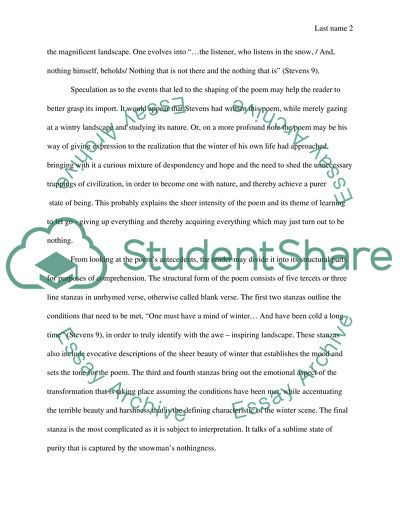Cite this document
(“Writing Poetry Essay Example | Topics and Well Written Essays - 1500 words”, n.d.)
Retrieved from https://studentshare.org/miscellaneous/1539980-writing-poetry
Retrieved from https://studentshare.org/miscellaneous/1539980-writing-poetry
(Writing Poetry Essay Example | Topics and Well Written Essays - 1500 Words)
https://studentshare.org/miscellaneous/1539980-writing-poetry.
https://studentshare.org/miscellaneous/1539980-writing-poetry.
“Writing Poetry Essay Example | Topics and Well Written Essays - 1500 Words”, n.d. https://studentshare.org/miscellaneous/1539980-writing-poetry.


